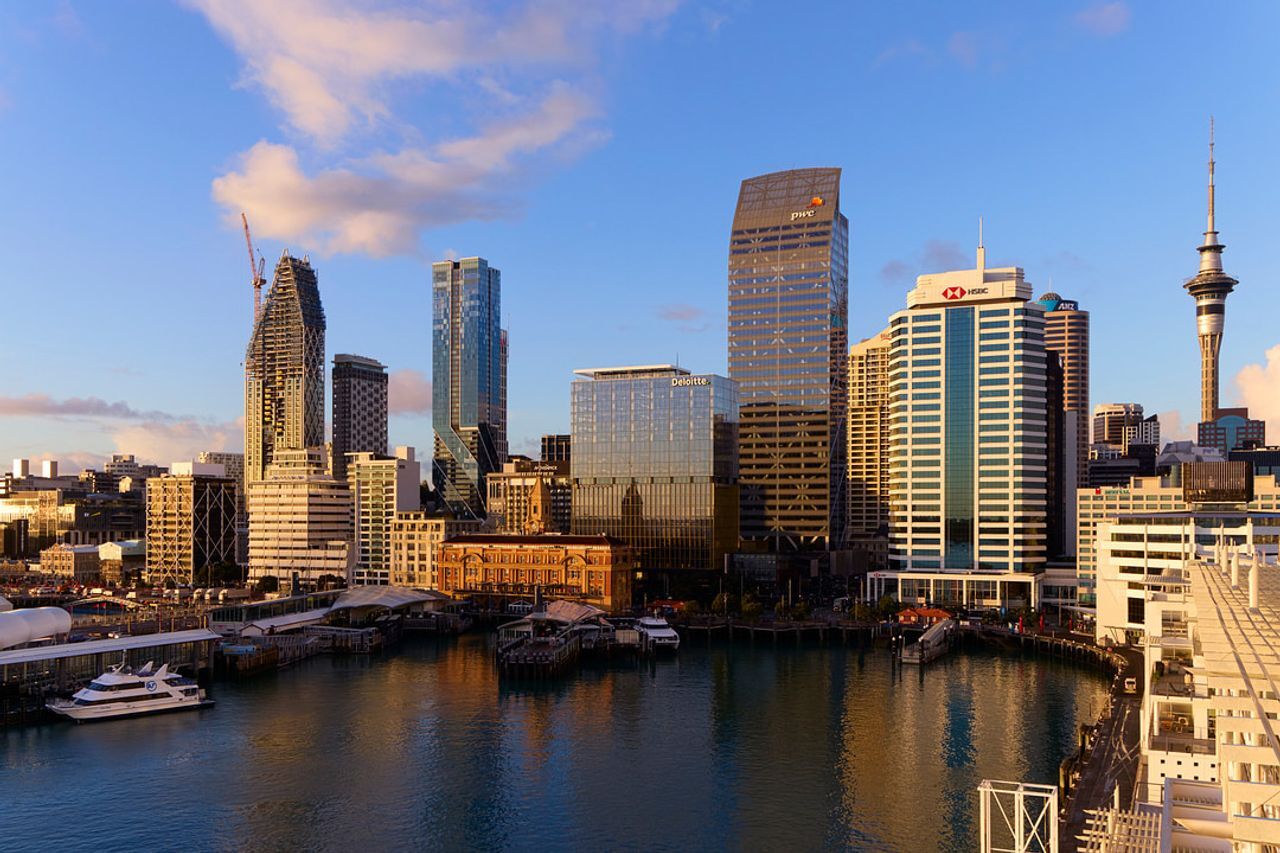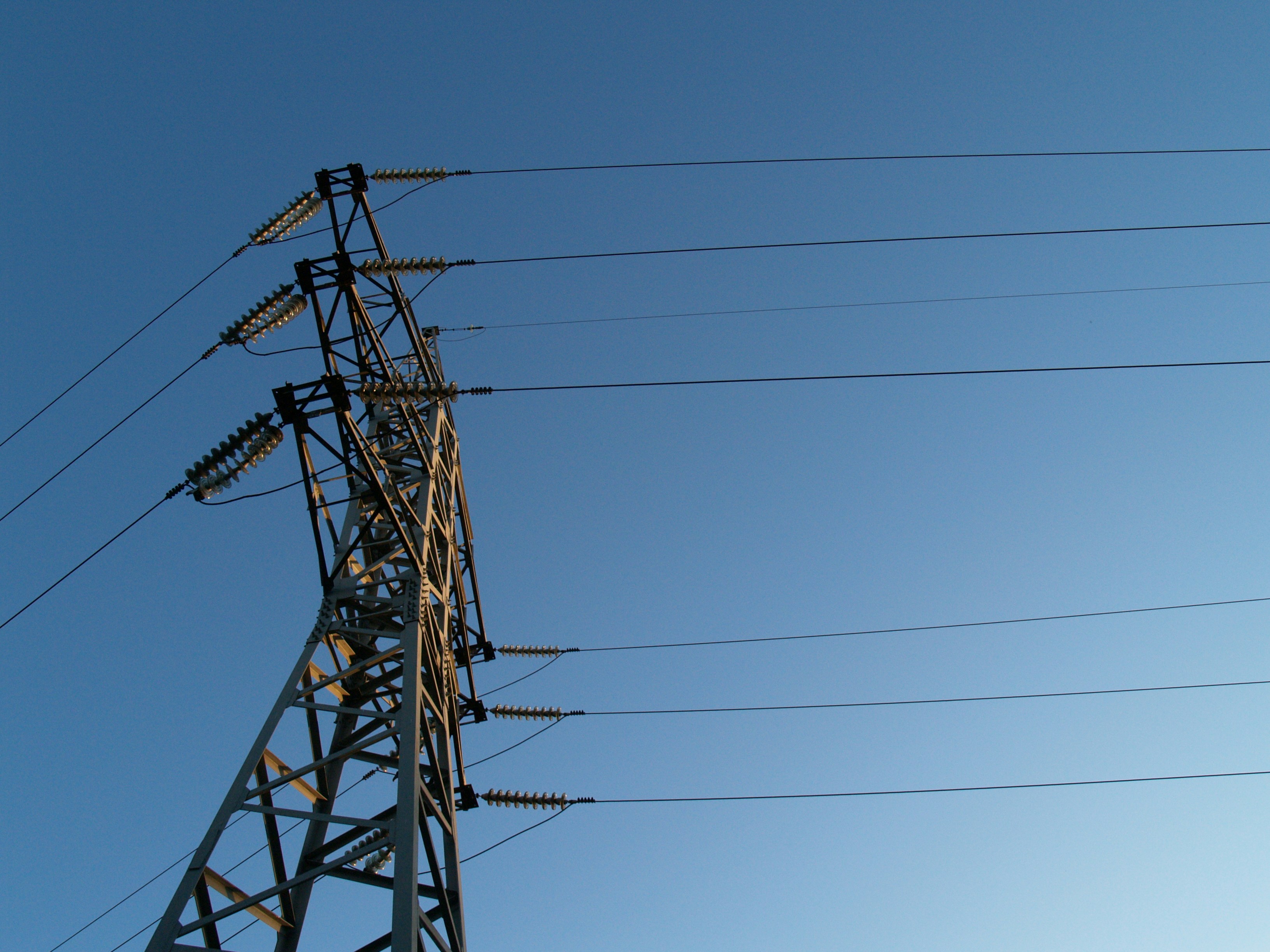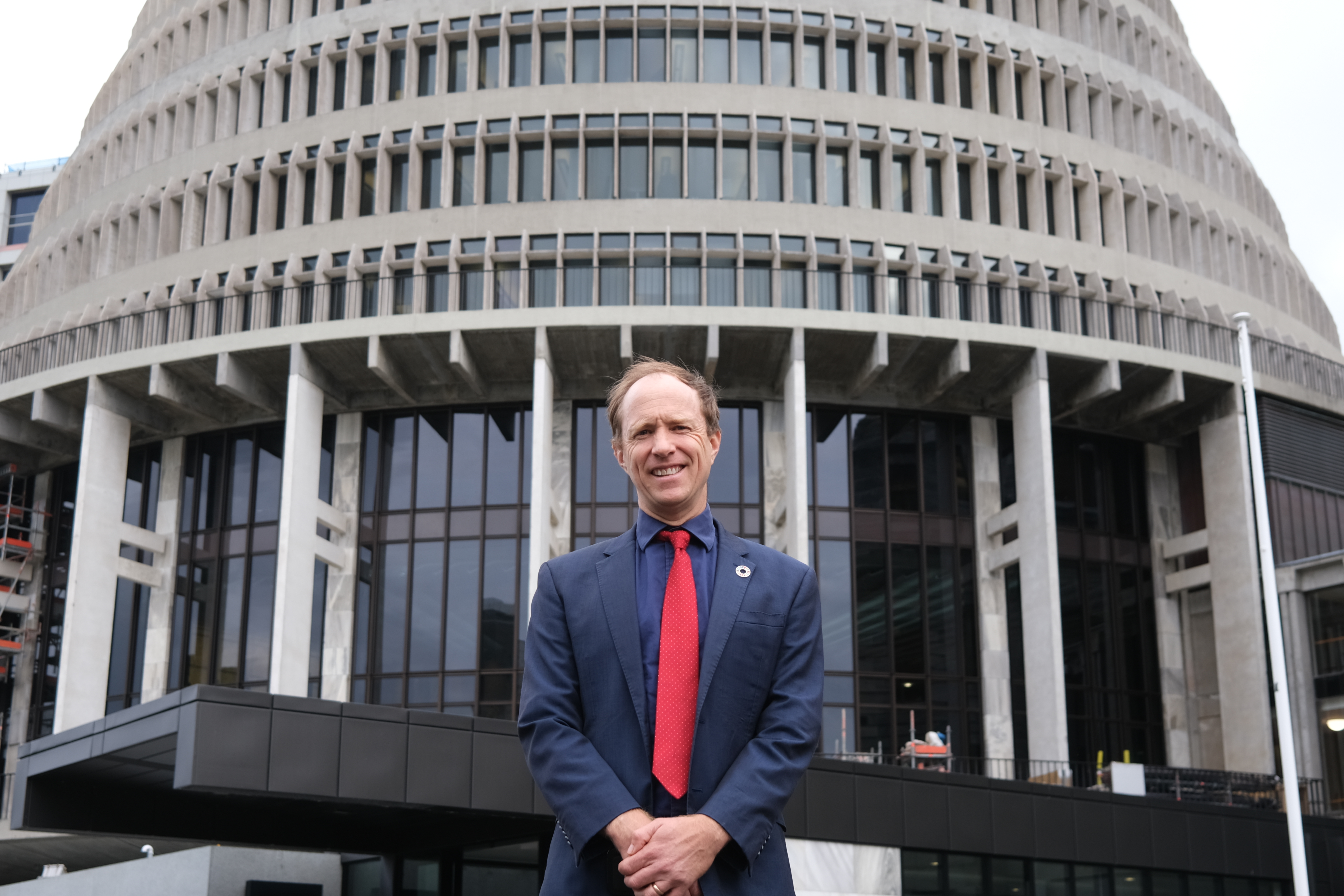Economic outlook
The recovery from COVID-19 continues to exceed expectations following the global financial crisis (GFC), with economic activity now 6.7 percent ahead of the pre-COVID-19 peak.
OECD data highlights that New Zealand’s economic recovery has been amongst the top 10 in the OECD and is broadly comparable to Australia’s (Figure 3). Strong demand in the economy has resulted in low rates of unemployment. Unemployment is now at 3.4 percent, and has been below 4 percent for seven consecutive quarters.
Annual consumers price index (CPI) inflation peaked at 7.3 percent in June 2022, before easing to 6.7 percent at the start of 2023.
Treasury no longer forecasts a mild recession in 2023
Economic activity associated with the recovery and rebuild from the North Island weather events and the continued recovery of international tourism means the Treasury no longer forecasts a recession in 2023.
Government has committed $71 billion across the next five years for new and existing infrastructure investments in addition to funding set aside for projects still in planning. Additionally, there is a new $6 billion National Resilience plan to support medium and long-term infrastructure investment.
Climate change is making weather events more extreme causing more losses for NZ whanau and business. As we strive to rebuild bridges, roads and infrastructure we have to ask whether these rebuilds have a climate lens.
Manufacturers of construction materials need demand in order to invest in new extraction and manufacturing facilities. Are Waka Kotahi, councils and others receiving the tens of billions of funding from the infrastructure pipeline and National Resilience Plan measuring the embodied emissions of the concrete, steel or other materials used? Could 10 percent of the materials be green concrete, mass timber or lower embodied carbon?
The built environment is 20% of New Zealand’s emissions. Emissions from the construction sector is going in the wrong direction. As we fund the recovery from a climate change event we are creating even more emissions, further fueling runaway climate change. It is essential major infrastructure spending helps drive the transformation to a lower carbon future for Aotearoa by prioritizing lower embodied carbon materials.
Wage growth and inflation
CPI inflation has risen faster than wage growth for the last year and a half, reversing the trend of the last six years.
Public and Māori Housing
Funding is provided for a further 3,000 public houses by 2025
Budget 2023 also sees $23 million provided for an extension to the Te Ringa Hāpai Whenua Fund and $200 million to increase the supply of Māori housing and repair Māori properties.
As well as providing funding to repair 250 whānau Māori homes impacted by the North Island weather events, the Government says its building Māori communities’ resilience by improving their access to key climate data.
Retrofitting of Kiwi homes
The continuation of the Warm Kiwi Homes programme is good to see. The programme will continue for a further four years. New measures include energy efficient hot water heaters and led lights. This is great to see. We have called for Warm Kiwi Homes programme to be extended in this way. We hope hot water heaters are focussed on homes using gas.
Alarmingly in a climate crises residential gas consumption is rising year on year. This is concerning for Kiwi families. The gradual phase out of gas is likely to see prices rise[1] and this will exacerbate fuel poverty in low-income households with gas appliances. These households are unlikely to either be aware of the likely rise in gas prices, nor have the finances to replace these appliances.
The rise in gas consumption is heading in the wrong direction.
House prices
High interest rates and weaker wage growth are expected to lead to a further decline in house prices and other asset prices. Data for the month of March 2023 showed house prices had fallen 16.7% from their November 2021 peak as interest rates rose and real wages declined. The Treasury expects higher-for-longer interest rates to continue driving house prices lower. The Treasury forecasts a further 4.6% decline in house prices to mid-2024 for a total peak-to-trough decline of 21.3%.
Number of homes being consented
Falling house prices and elevated construction costs have reduced residential construction demand. With building consents continuing to fall, the Treasury forecasts residential investment to fall by a further 3.6% over 2023, before beginning to recover from 2025. While net migration will add to demand for housing, this is expected to have a limited impact on residential construction given the already significant increase in housing supply over the past two years.
A number of members of the NZGBC have commented that they see consenting numbers dropping from the highs of previous years. In recent months EBOSS set out an expectation of 40,000 homes consenting in the next years.
Skills
The Apprenticeship Boost scheme continues to 2024 at a cost of $77m. This will help early-stage apprentices employed, bring on new apprenticeships, and strengthen the pipeline for our skilled workforces.
Other climate change initiatives
Public transport for children under 13 becomes free and permanent half price fares for people under 25. This provides more certainty for public transport providers
EV charging gets a boost with network expansion receiving 120m over 4 years.
Thirty million is set aside to support energy resilience for low income communities and communities with insecure access to energy. This project will fund community scale solar and wind generation with battery storage, to lower peak demand and improve resilience. Important to note that energy goes far further when homes are energy efficient and healthy.
Improving data on the impacts of climate change is receiving $45m. This focuses on adaptation and mitigation including a focus on how climate change impacts Māori.
Other key initiatives
Extending 20 hours early childhood education to cover two year olds, and increasing the rate of subsidy, is an attempt to counter the move from National to provide more support for child care. This total investment of $1.2bn and the scrapping of prescription co payments, are of the centre pieces of the budget designed to deliver on cost of living issues for kiwis.
Commentary
Budget 2023 provides a $400 million boost for the Warmer Kiwi Homes programme – extending insulation and heating improvements for four years, and expanding it to cover things like energy efficient hot water heaters and LEDs.
Investing in our homes helps alleviate the prevalence of respiratory illness in our children, helps whānau live comfortably and productively, while cutting energy costs during a cost of living crisis, and pollution during a climate crisis. It’s a no brainer.
Continuing and expanding this programme is great news for thousands of New Zealanders living in cold unhealthy homes. We’ve long called for an expansion to what the programme offers, so it’s great to see the addition of basic measures like LEDs and hot-water heat pumps. The funding boost is an encouraging sign that New Zealand is finally starting to prioritise our cold, inefficient homes. It is vital investment in our people and our future. However, we’re yet to see the level of ambition needed. The Warmer Kiwi Homes remains a very minor step forward when we should be rapidly making major improvements to New Zealand homes.
Increasingly Governments around the world such as Ireland, France, Canada, and the USA, are investing billions in deep home retrofit programmes as a way of improving social outcomes, decreasing energy use, and slashing carbon emissions.
Spending $100 million a year on these basic home improvements is a drop in the bucket when we consider the rapid deep retrofits required for us to meet our climate targets. We should be spending $1 billion a year on this.
NZGBC policy positions and results from the budget at a glance
The Zero Carbon Roadmap called for the following:
-
The NZGBC, along with stakeholders, called for mandatory measurement of the energy efficiency of existing buildings - Government will legislate in the next year for energy efficiency labels on existing buildings. This is positive and brings NZ into line with countries such as Australia and the countries of the EU.
-
Existing homes - The NZGBC called for Government to kickstart pollution busting renovations in New Zealand with an annual investment of $1bn for eight years.
This programme, similar to programmes throughout the OECD, would provide 50% of the costs of retrofitting homes, delivering welcome relief on cost of living crises, reduce carbon pollution, improve the resilience of the grid and vastly improve health.
The 2023 Budget failed to deliver on this today. However, the expansion of the Warmer Kiwi Homes programme does provide some hope that we are moving towards deeper home retrofits.
-
building code that aligns with net zero operational carbon by 2030 - The reductions in operational carbon expected through the Building for Climate Change are in line with the goals the NZGBC set out. The work on the BfCC programme is proceeding too slowly. The sector needs more information so it can prepare.
[1] https://www.consumer.org.nz/articles/new-zealand-s-gas-industry-under-pressure



